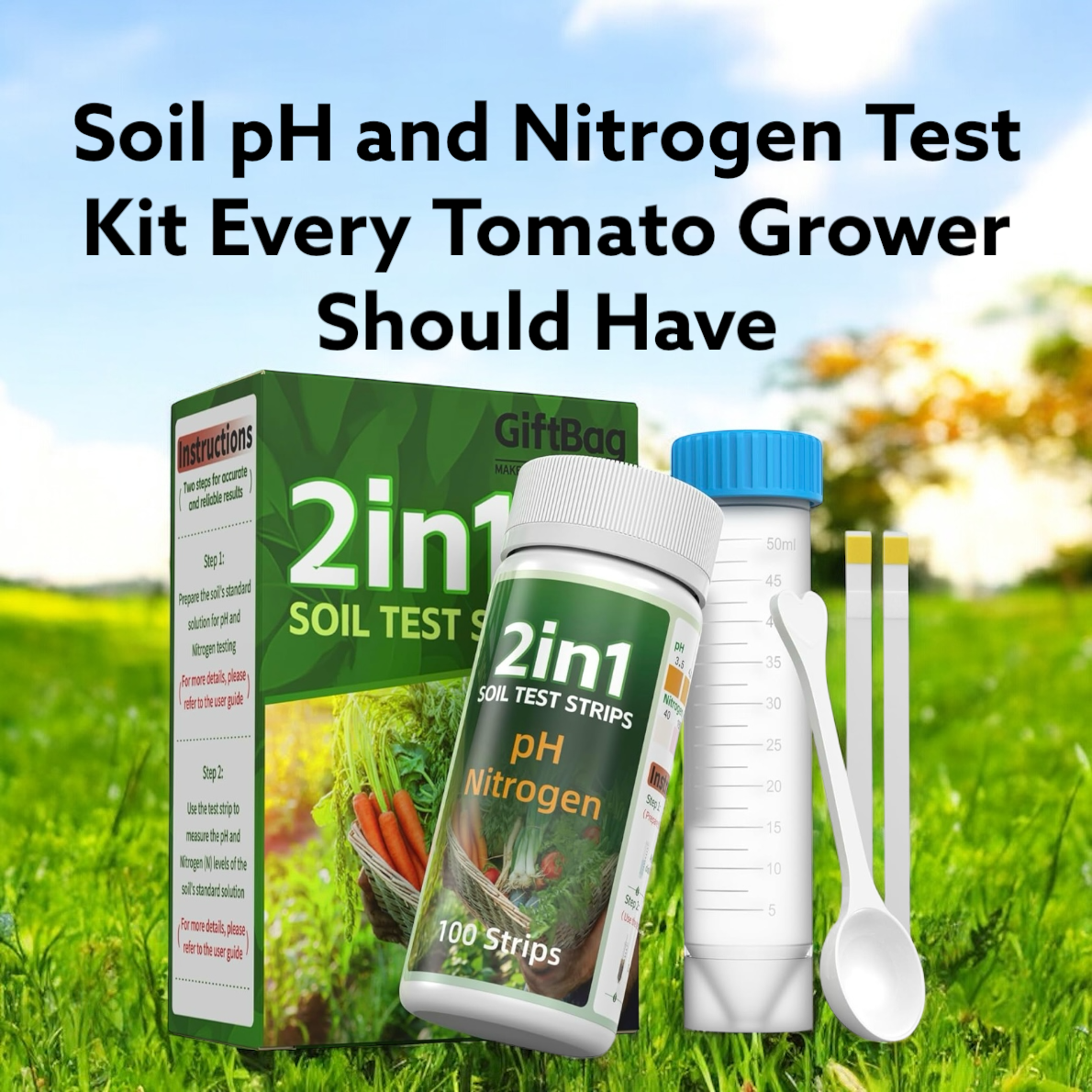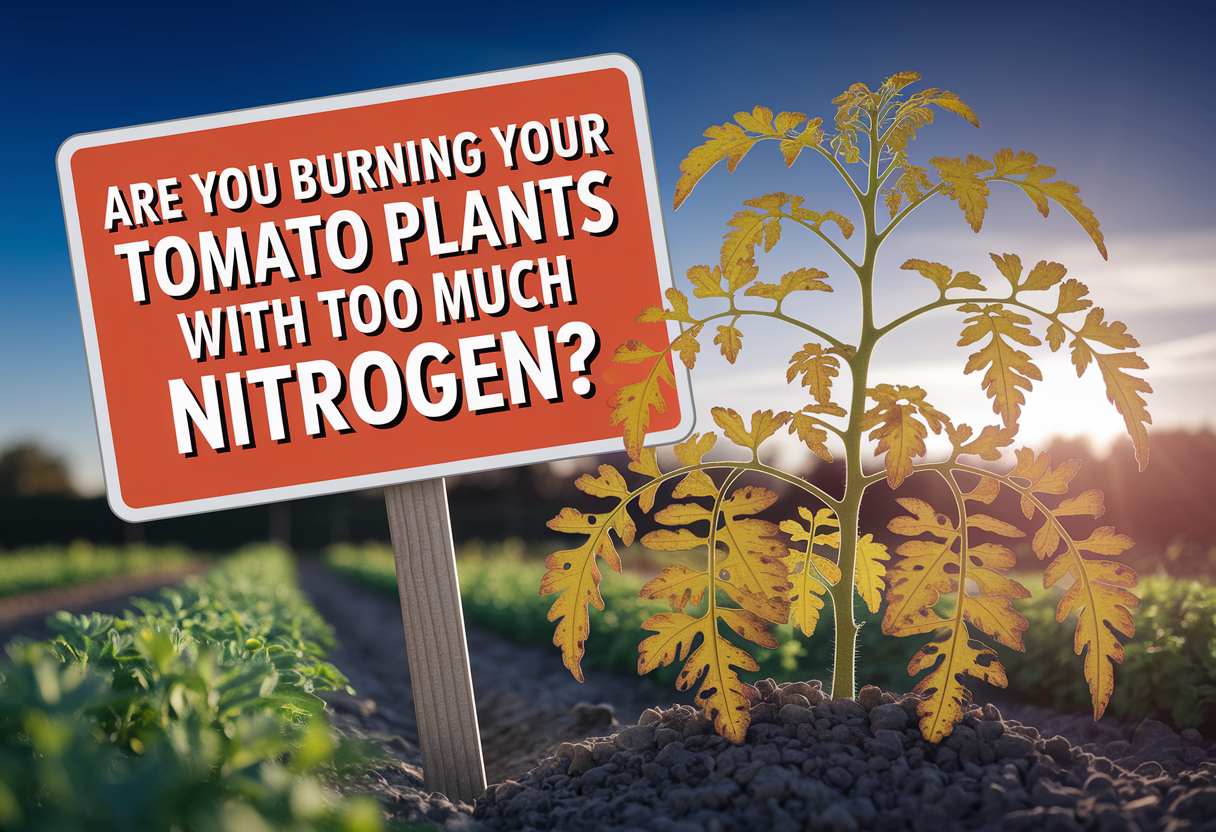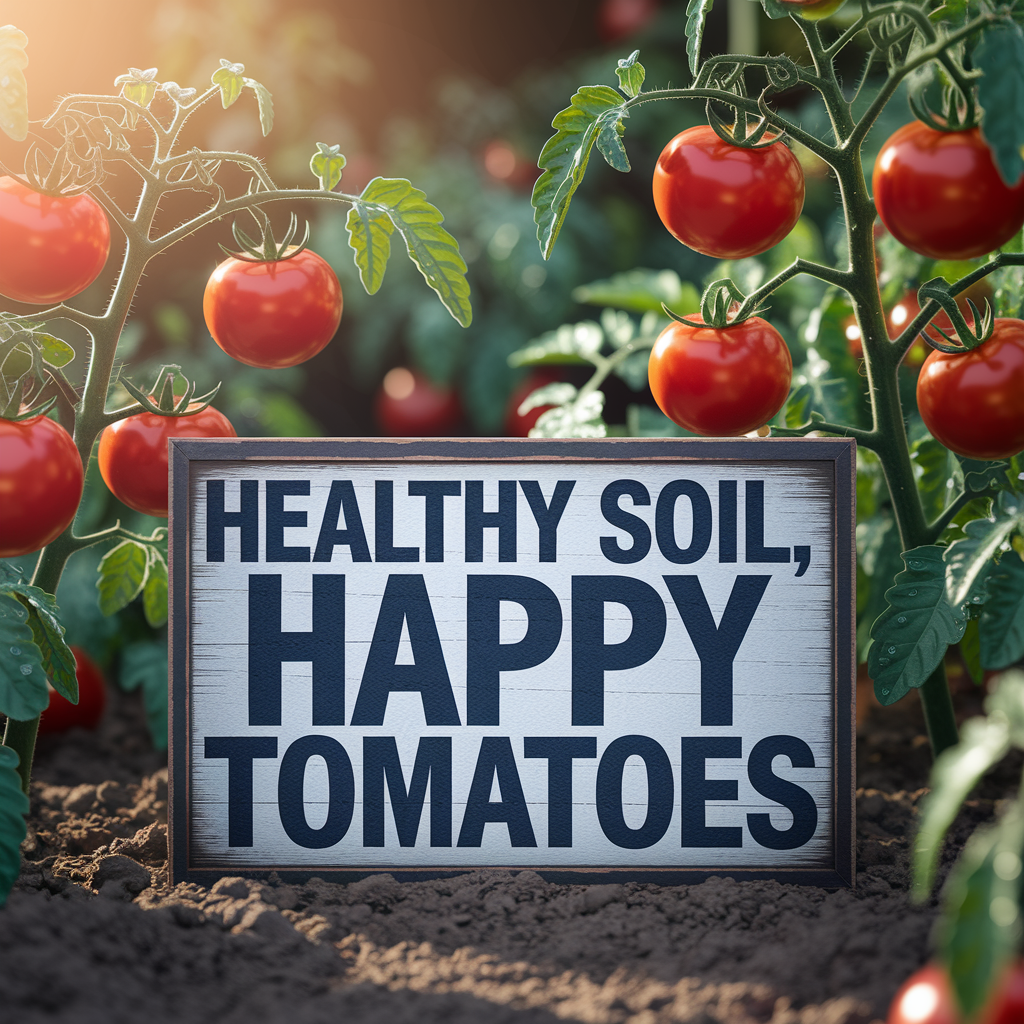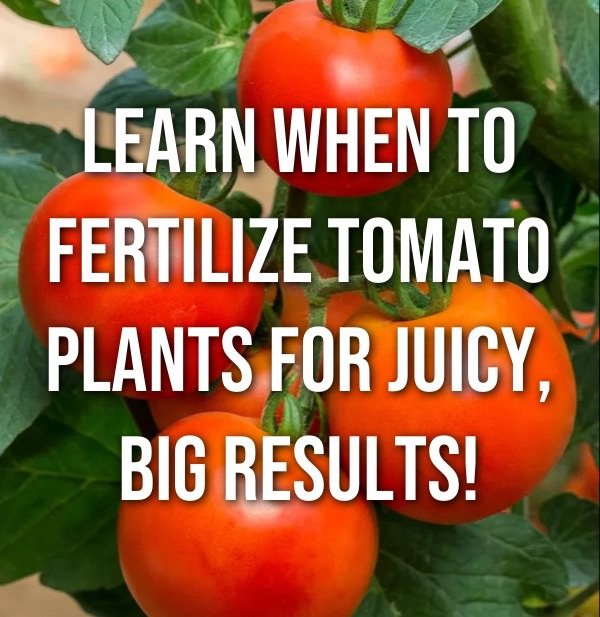
Why Timing Matters When You Fertilize Tomato Plants
I’ll never forget the year I was so excited to finally “do it right.” I bought the biggest, fanciest bag of tomato fertilizer I could find and started feeding my plants the moment they hit the dirt. Thought I was giving them a head start. Instead, I fried them. Literally. The leaves curled, the stems turned yellow, and not one single tomato showed up on two of my plants. Brutal.
Here’s the deal: tomato plants are like teenagers. Give them the right stuff at the right time, and they thrive. But try to force it too soon, or push them too hard, and you’ll set them back. If you’ve ever seen your tomato leaves curling downafter fertilizing, you already know what I’m talking about — and I covered that issue more in this guide on what causes curling leaves and how to fix it.
Fertilizing your tomatoes isn’t just about what you use—it’s about when you use it. Tomatoes have different needs depending on their growth stage, the soil, the weather, and even whether you’re growing in the ground or in a container. If you’re not sure which option is best, I break it down in this post on the best containers for tomatoes that actually help them thrive.
The 4 Key Growth Stages That Affect Fertilizer Timing
Over the years, I’ve learned to treat tomato plants like little stages of life: baby, teenager, adult, and parent. And just like us, they need different support at each point. Here’s how I break it down:
1. Seedling Stage
This is when your plant is tiny and fragile. It doesn’t need fertilizer yet—it’s still living off the nutrients packed in the seed or starter mix. If you’re just starting out, I shared everything I wish I knew in this beginner-friendly article on how to grow a tomato plant from a tomato.
2. Vegetative Stage
Once the plant has a good root system and starts throwing out leaves like crazy, it’s time to start feeding. I usually start with something mild and nitrogen-focused here. Just don’t overdo it—too much nitrogen and you risk burning your tomato plants, which I learned the hard way.
3. Flowering Stage
When those pretty yellow flowers show up, your plant is getting serious. It’s shifting gears from growing tall to prepping for fruit. If you’re not seeing flowers at all, check out the signs your tomato plant isn’t getting enough sun.
4. Fruiting Stage
Now it’s game time. You want big, flavorful tomatoes—not just leafy show-offs. I use a balanced or slightly phosphorus-heavy fertilizer here and ease up just before harvest. And yes, the time of day you pick tomatoes affects the taste—I broke that down in this article about when to harvest tomatoes for juicier flavor.

Do Tomato Seedlings Need Fertilizer? Not So Fast
This is one of the biggest rookie mistakes I see (and made myself): folks planting seeds and then feeding them right away, thinking more food = more growth.
Truth is, young tomato seedlings don’t need fertilizer until they grow their first set of true leaves—those are the ones that look like mini versions of full-grown tomato leaves. Before that, they’re running on internal energy stored in the seed. If you’re curious about what else not to do, this list of things I wish I knew before growing tomato plants will help you skip some beginner frustration.
Once I see those true leaves, I wait a few days and then give a very diluted liquid fertilizer, something like fish emulsion or seaweed extract—just a light dose. Overfeeding at this stage can seriously mess up the roots and stunt the whole plant.
Ever had seedlings that just stop growing? That happened to me before I learned about healthy soil prep for tomato planting, which made a huge difference in early growth.
My Go-To Fertilizer Timing Schedule (Week by Week)
Alright, if you’re a planner like me, you’ll love this. Here’s the simple week-by-week timing I follow now that consistently gives me strong plants and tons of fruit:
Week 1 (Transplant Week):
Mix a handful of compost or worm castings into the hole before planting. No liquid fertilizer yet. I also prep the bed using tricks from my full guide on prepping tomato soil.
Week 2–3:
Let the roots settle. Just water and sunshine. If the leaves stay bright green and the plant is upright, don’t touch it. But if your leaves look pale or yellow, it might be time to revisit your tomato plant’s nutrient needs.
Week 4:
First feeding with a mild, nitrogen-rich fertilizer (half-strength). I like liquid feed for this—it gets to the roots quickly.
Week 5–6:
Once flowers appear, switch to a more balanced fertilizer. 5-10-10 or 10-10-10 formulas work great. I feed every 10–14 days, especially for my container plants, since tomatoes in pots need more help to thrive.
Week 7 onward:
During fruiting, I keep feeding with a balanced or potassium-rich fertilizer. If the weather is dry, I water first, then fertilize so it doesn’t burn. And yes, if you’re dealing with dry soil, be careful—it can cause blossom drop or stress your plants out.
Last 2–3 weeks before final harvest:
I ease off fertilizer completely to let the fruit ripen naturally. Trust me, this makes a noticeable difference in flavor and firmness when you pick your tomatoes at the right time.

When to Fertilize Tomato Plants in Pots vs the Ground
This one caught me off guard my first season with patio pots. I assumed feeding potted tomatoes would be the same as in-ground. Nope. I learned real quick that container-grown tomatoes dry out faster, burn faster, and run out of nutrients faster.
If you’re growing tomatoes in pots or grow bags, you’ll probably need to fertilize more frequently—but lighter each time. I usually feed every 10 days or so, and I always make sure the soil is moist first, or I risk burning the roots. My 10-gallon grow bags saved me that year, and I shared how well they worked in this guide on tomato grow bags that actually hold up.
For in-ground tomatoes, especially in raised beds, you’ve got a bit more wiggle room. The nutrients tend to last longer, especially if you’ve built up good compost-rich soil like I showed in my favorite soil prep method for tomatoes.

What Type of Fertilizer Works Best at Each Stage?
There’s no one-size-fits-all answer here, and if someone tells you otherwise, they probably haven’t killed as many tomato plants as I have (kidding… sort of). Different stages call for different blends:
Early Growth:
I use a gentle, nitrogen-rich fertilizer to get things leafy—but only after true leaves show up. If you overdo nitrogen, you’ll get lush plants and no fruit. I explained that oops moment in my post about too much nitrogen.
Pre-Flowering:
I start shifting to a more balanced fertilizer like a 10-10-10, just as the buds are forming. Too much nitrogen here can delay flowering.
Fruiting:
This is where I up the potassium. Tomatoes LOVE potassium during fruit development. I sometimes use a 5-10-10 or a tomato-specific blend like the one I recommended in my review of the best tomato fertilizer that actually works.
And honestly, if you’re working with container soil, you’ll want to know the best soil mix for containers to hold those nutrients properly.
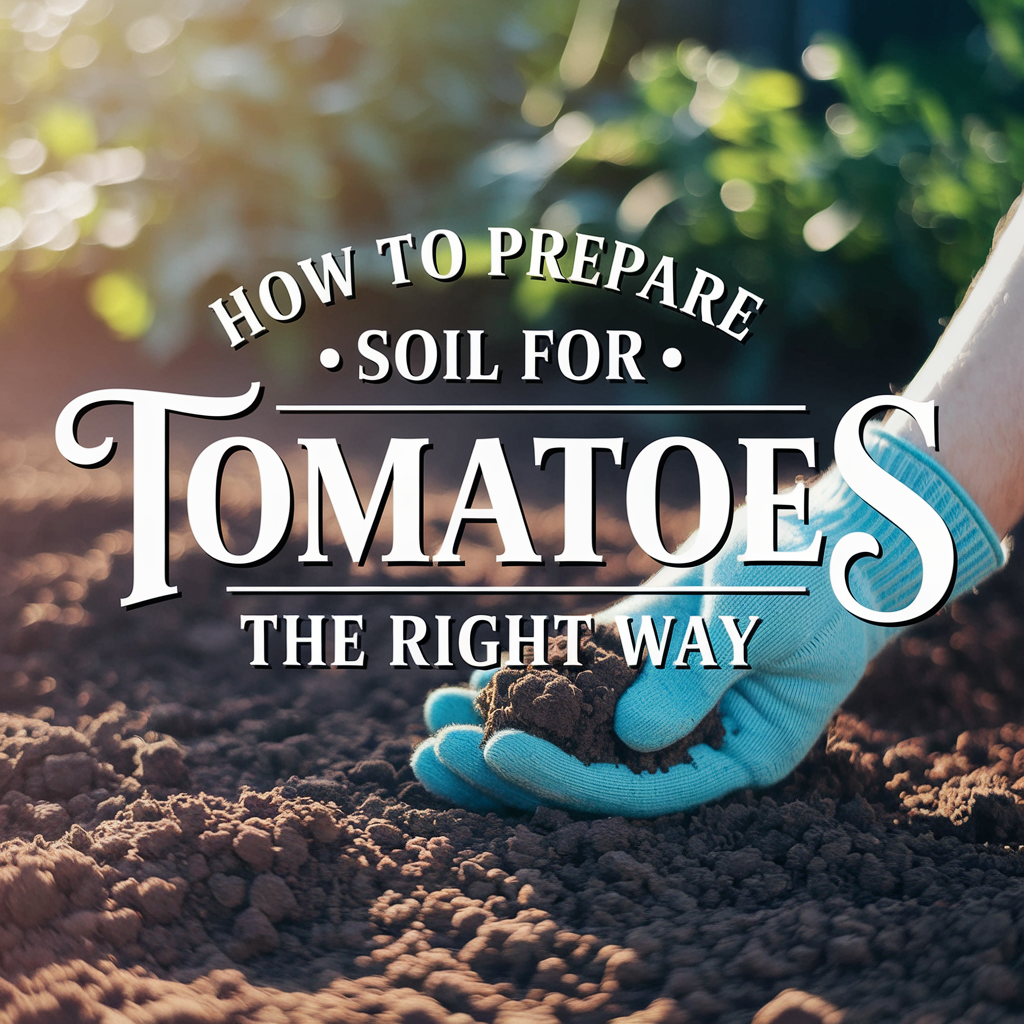
How to Tell If You Waited Too Long to Fertilize
Tomato plants have a way of showing you when they’re hungry—you just have to know how to read the signs. I’ve ignored them before, and I paid for it with sad, skinny plants and fruit that looked like it gave up halfway.
Here’s what I watch for now:
1. Yellowing Lower Leaves:
Especially if the top growth looks fine—this usually means a nitrogen deficiency. Check out these signs your tomato plant is sad if you’re unsure.
2. Flowers But No Fruit:
Could be a lack of potassium, or it might be too much nitrogen. Either way, the feeding schedule needs a tune-up.
3. Slow Growth or Thin Stems:
Your plant might be starving. I had this happen when I reused old potting mix without refreshing it.
The good news? You can usually turn it around with a good feeding, as long as the plant isn’t already too stressed. I’ve recovered a few using gentle organic options and better soil nutrition strategies.
What Happens If You Fertilize Too Early or Too Often
This is where I totally blew it that first year. I thought, “More food, more tomatoes!” and ended up with burned leaves, stunted plants, and not one red tomato by August.
Feeding too early—especially during transplant week—can shock young roots. I learned the hard way to wait at least 10–14 days after transplanting before feeding. In the meantime, I rely on solid soil prep like I show in this article about prepping tomato soil the right way.
Feeding too often, especially with synthetic fertilizers, can cause salt buildup and root burn. It’s one of the reasons I started using more compost and worm castings instead.
A great tool I now use to keep things balanced is this 4-in-1 soil meter that checks nutrients, pH, and more before I feed again. It’s saved me more than once from killing my plants with kindness.

How Weather Impacts When I Fertilize Tomato Plants
This was something I didn’t even think about when I first started. But now, I pay close attention to the forecast before grabbing the fertilizer. Here’s why: weather can make or break your feeding routine.
Heavy rain in the forecast? Skip the fertilizer. It’ll likely get washed right out of the soil before your plant gets any benefit. I made that mistake last year and watched my plants stall for two weeks. I also learned to be cautious during extremely hot spells—especially with container plants—because heat-stressed tomatoes don’t absorb nutrients well.
During dry weeks, I make sure to water before I fertilize. Dry soil + fertilizer = burned roots. If you’re seeing symptoms like leaf curling or discoloration, I broke down what to watch for in this guide on signs of overwatering and what to do next—because sometimes the issue isn’t the fertilizer at all.
It’s also good to remember that more sun means faster growth, which may shift how often you feed. I explained how sunlight plays into feeding timing in this post about how more sun equals more tomatoes.
Best Fertilizer Application Methods I’ve Actually Used
Let’s talk methods. I’ve tried just about everything short of singing to my tomato plants while feeding them (no promises that’s off the table). Here’s what’s actually worked for me—and what hasn’t:
1. Liquid Fertilizer:
Great for a quick boost. I use it when my plants look like they need a pick-me-up. Easy to overdo, though, so I go half-strength every other week.
2. Granular Fertilizer:
Good for long-term feeding. I sprinkle it into the soil around the base, then water it in. It’s a little slower, but it helps maintain steady growth. Especially handy if you’ve got a raised bed setup like I built in my raised metal garden bed guide.
3. Fertilizer Spikes:
Mixed bag. I’ve had better luck with them in smaller containers. In bigger beds, they tend to feed too unevenly.
4. Compost Tea / Worm Casting Tea:
Totally worth the extra step. These natural brews feed your plants and boost soil microbes. Combine that with healthy soil full of organic matter, and your tomatoes will love you for it.
Just make sure your application matches your soil type. And if you’re not sure what kind of soil you’re working with, I highly recommend testing it first.

Should I Fertilize After Transplanting Tomatoes?
Ah, the transplant moment. You’ve babied those seedlings for weeks, and now you’re tucking them into their forever home. Do you fertilize right away? Nope. Not anymore.
I used to feed immediately after transplanting, thinking it would “welcome” them. But it turns out, tomato roots need time to settle in and recover from the shock. Fertilizing too soon can stress them out even more.
Now, I mix in compost and this soil booster lime before transplanting, and I wait 10–14 days before doing any liquid feeding. During those first two weeks, I focus on good watering and watching for healthy growth.
If your plant starts turning pale or looks stunted after transplanting, check out my guide on sad tomato plant symptoms. It’ll help you troubleshoot before reaching for more fertilizer.
When to Stop Fertilizing Tomato Plants
This is one of the most overlooked parts of the process—knowing when to stop. Fertilizing too late into the season can actually delay ripening and mess with the flavor.
Once my tomatoes are in full production mode and the majority are ripening on the vine, I start tapering off. If it’s a long season, I might sneak in one last low-dose feeding, but usually by this point, I switch focus from growing to harvesting.
You’ll know it’s time to stop when:
- New flowers slow down
- The fruit is ripening consistently
- The plant is near the end of its life cycle
If you’re growing a second wave of tomatoes in the fall, you can ease back into feeding again once those new plants hit the flowering stage. Just be sure the soil hasn’t been depleted from the first round. I explained how to refresh tired garden soil in my post on adjusting soil pH for tomato plants.
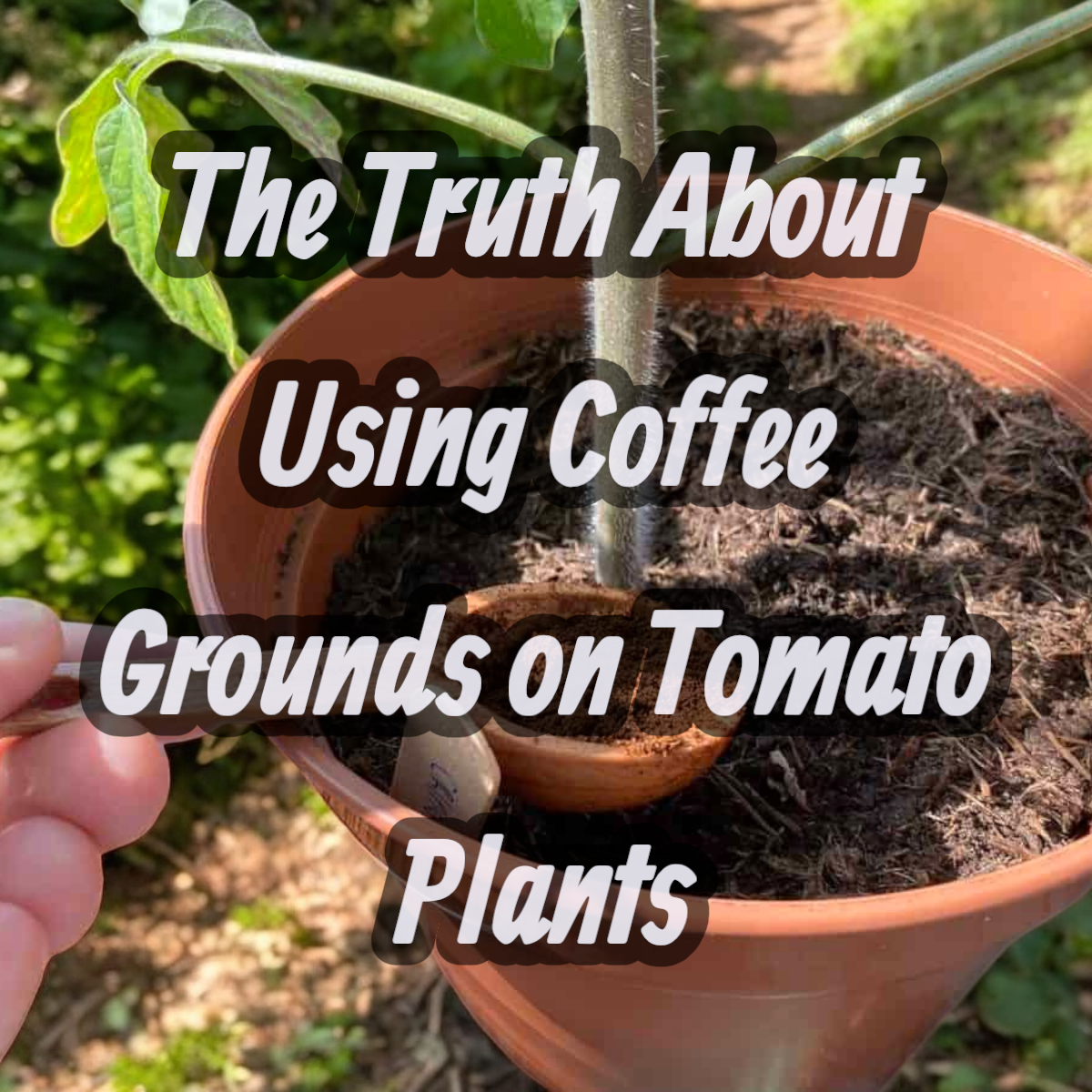
Want Better Tomatoes? Stick to a Feeding Routine
If you’ve made it this far, I’m guessing you care about doing this right—and honestly, that’s the secret. It’s not about having the fanciest fertilizer or the biggest garden. It’s about feeding your tomato plants what they need, when they need it, and not falling into the trap of “more is always better.”
Once I finally dialed in my schedule—and stopped listening to every random tip on Facebook—my tomatoes became way more predictable. More fruit, fewer problems, and a lot less stress. I also stopped wasting money on stuff I didn’t need.
If you want to get even more out of your tomato season, pair your routine with smart tips like how to grow tomatoes fasterand the best fertilizer I’ve tested myself.
And remember—timing is everything. Knowing when to fertilize tomato plants can be the difference between a sad crop and the juiciest tomatoes you’ve ever grown.
As an Amazon Associate we earn from qualifying purchases through some links in our articles.
